10 Best Herbal Teas For Cracked Heels
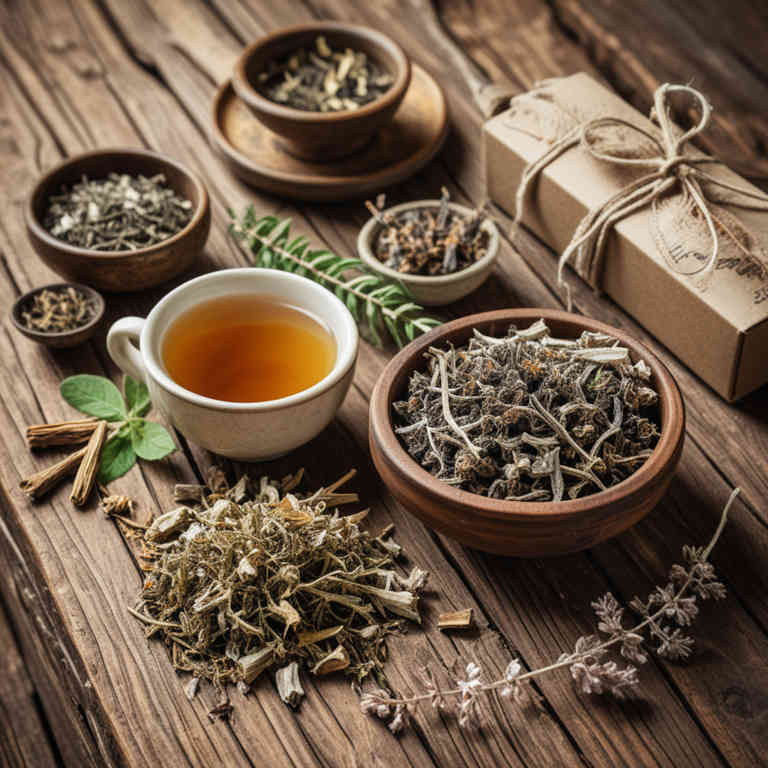
Herbal teas can be a natural and soothing remedy for cracked heels, offering gentle hydration and nourishment to the skin.
Ingredients like chamomile, calendula, and lavender are commonly used in herbal teas due to their anti-inflammatory and moisturizing properties. To use, simply steep the herbs in hot water, allow it to cool, and then soak your feet in the tea for about 15 to 20 minutes. After soaking, pat the feet dry and apply a moisturizer or petroleum jelly to lock in moisture.
Regular use of herbal tea soaks can help soften cracked skin, reduce discomfort, and promote overall foot health.
FREE Herb Drying Checklist
How to make sure every batch retains maximum flavor, color, and aroma without the risk of mold or over-drying. Eliminate guesswork and trial-and-error, making herb drying faster, easier, and more efficient every time.
Table of Contents
1. Aloe barbadensis
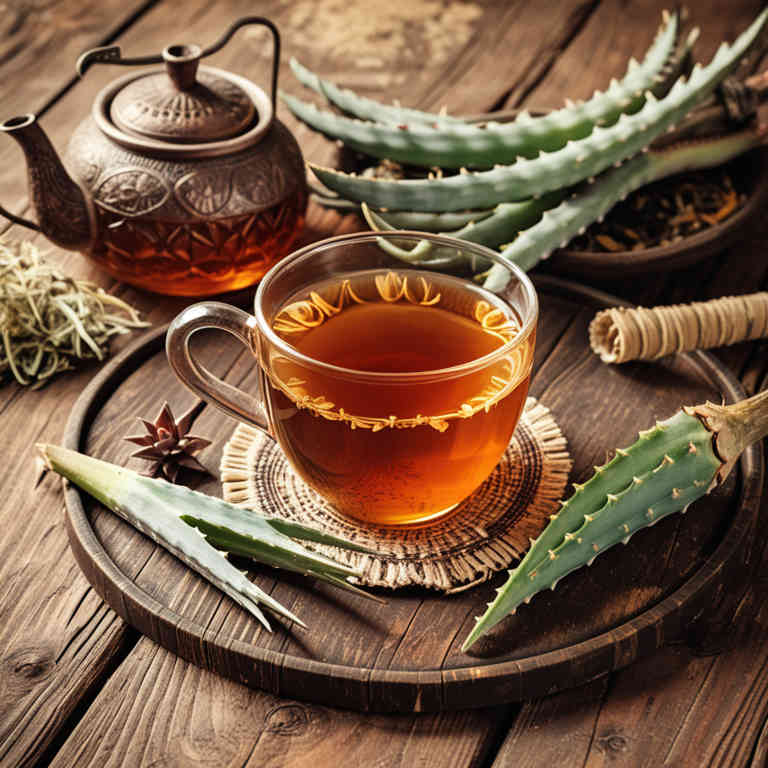
Aloe barbadensis, commonly known as aloe vera, is a natural remedy that has been used for centuries to soothe and heal various skin conditions, including cracked heels.
When brewed into a herbal tea, aloe vera can provide a hydrating and soothing effect when applied topically after cooling, helping to soften and repair dry, cracked skin. While aloe vera tea is not a direct treatment for cracked heels, it can be used as part of a holistic skincare routine to enhance skin health and promote healing. The anti-inflammatory and antioxidant properties of aloe vera may help reduce irritation and support the skin's natural regeneration process.
However, it is important to consult a healthcare professional before using aloe-based products, especially if you have sensitive skin or underlying health conditions.
2. Calendula officinalis
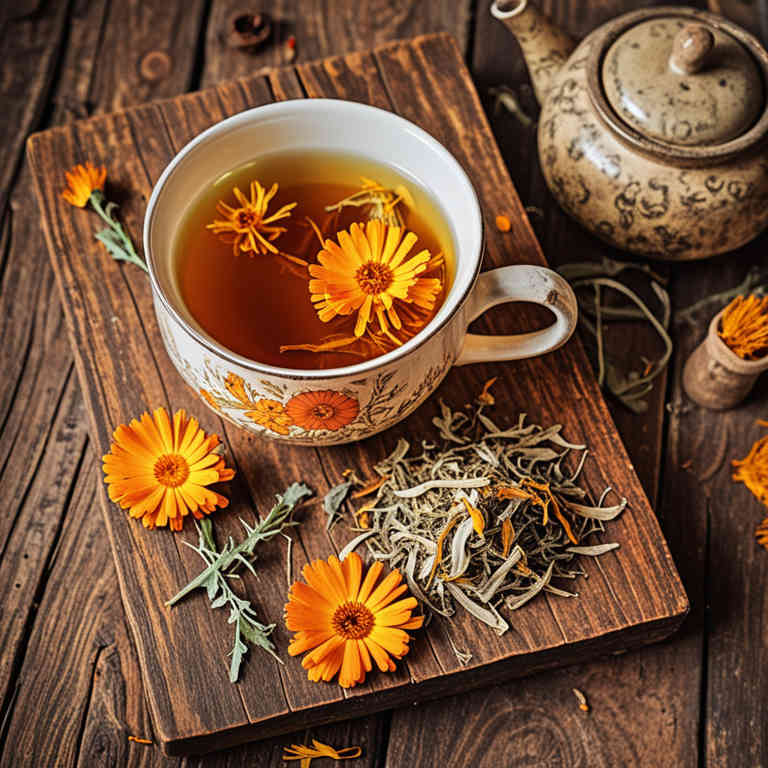
Calendula officinalis, commonly known as pot marigold, is a popular herb used in herbal teas for its soothing and anti-inflammatory properties.
When brewed into a tea, it can help soothe irritated skin and promote healing, making it particularly beneficial for cracked heels. The tea's mild antiseptic and moisturizing effects can help reduce redness and discomfort associated with dry, cracked skin. To use it for cracked heels, the tea can be applied topically after cooling, either by soaking a compress or applying it directly to the affected area.
Regular use of calendula officinalis tea may support the skin's natural healing process and improve overall foot health.
3. Hypericum perforatum
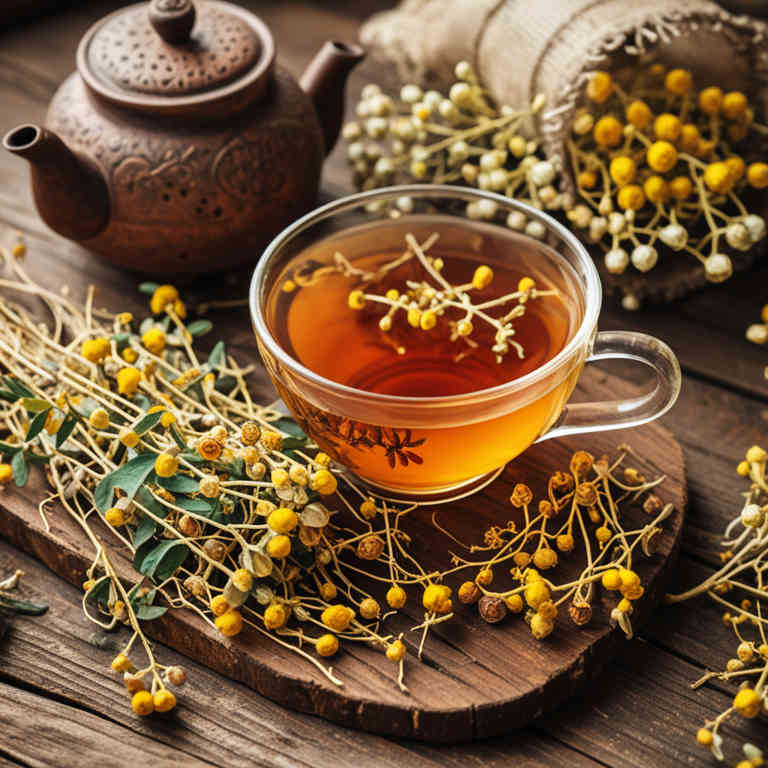
Hypericum perforatum, commonly known as St. John's Wort, is often used in herbal teas for its potential skin-healing properties.
While it is more widely recognized for its use in treating mild depression, some people apply it topically or consume it internally to promote skin health. When used in the form of a herbal tea, it may help soothe inflammation and support the regeneration of damaged skin tissues. However, it is important to note that there is limited scientific evidence specifically supporting its effectiveness for cracked heels.
As with any herbal remedy, it is advisable to consult a healthcare professional before use, especially if you have existing health conditions or are taking other medications.
4. Urtica dioica
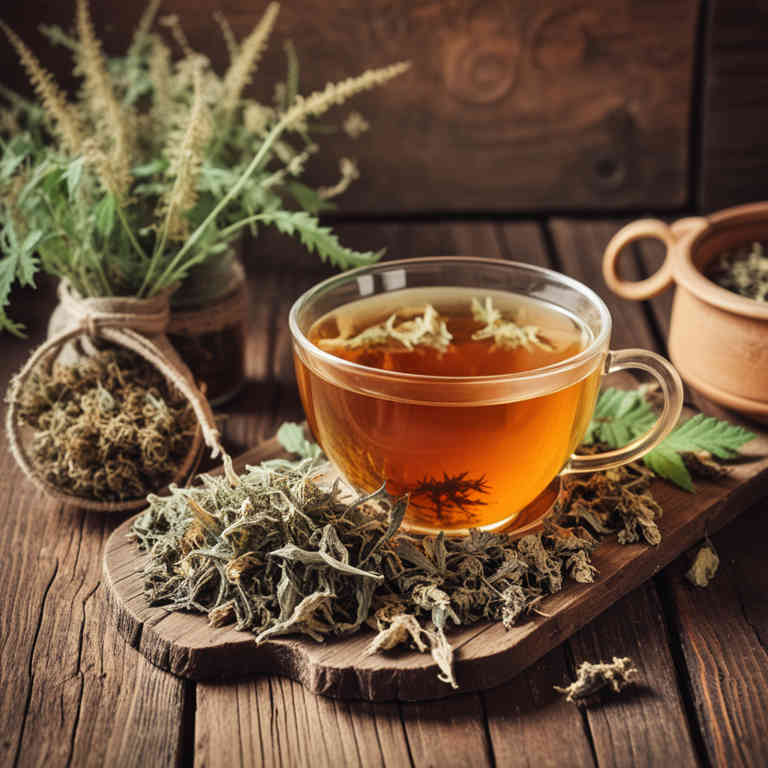
Urtica dioica, commonly known as stinging nettle, is a versatile herb that has been used for centuries in traditional medicine.
While it is not a direct treatment for cracked heels, stinging nettle herbal teas can support overall skin health due to their high content of vitamins, minerals, and antioxidants. The anti-inflammatory properties of stinging nettle may help reduce irritation and promote healing in the skin. To use it for cracked heels, one can drink the tea regularly to improve internal health, which can indirectly benefit skin condition.
However, it is advisable to combine stinging nettle tea with topical treatments for best results.
5. Rosa canina

Rosa canina, also known as dog rose, is a herbal remedy traditionally used for its soothing and healing properties, particularly for skin conditions like cracked heels.
The tea made from its dried flowers and fruits is rich in antioxidants, vitamins, and essential oils that help to nourish and repair dry, cracked skin. When applied topically, Rosa canina herbal tea can help to soften and moisturize the skin, reducing discomfort and promoting a healthier appearance. It is often used in foot soaks or as a compress to alleviate the symptoms of cracked heels.
Due to its gentle yet effective nature, Rosa canina herbal tea is considered a safe and natural option for those seeking alternative remedies for foot care.
6. Cnicus benedictus

Cnicus benedictus, also known as blessed thistle, is a herbal plant that has been traditionally used for its potential skin-healing properties.
When brewed into a herbal tea, it may help soothe and moisturize dry, cracked heels due to its anti-inflammatory and antioxidant compounds. The tea is believed to promote skin regeneration and improve overall skin texture, making it a natural remedy for those suffering from heel fissures. However, it is important to consult with a healthcare professional before using it, especially if you have sensitive skin or existing medical conditions.
While some people find relief with blessed thistle tea, results may vary, and it should be used as a complementary treatment rather than a replacement for medical advice.
7. Chamomilla recutita
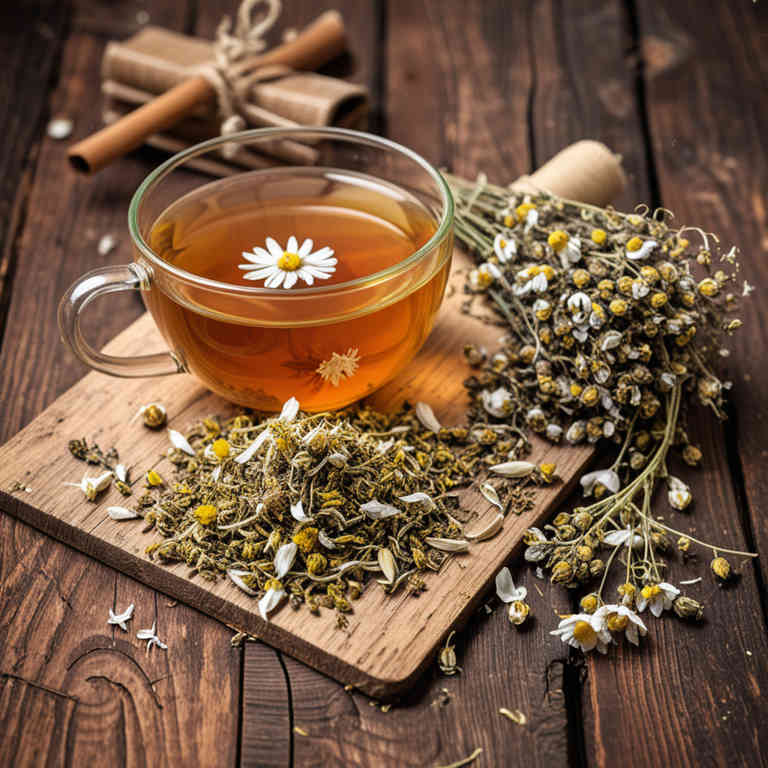
Chamomilla recutita, commonly known as German chamomile, is often used in herbal teas to soothe and heal cracked heels due to its anti-inflammatory and antimicrobial properties.
The tea can be applied topically after being cooled, helping to reduce redness, irritation, and dryness associated with cracked skin. Regular use of chamomile tea as a foot soak or compress may promote skin regeneration and improve the overall texture of the heels. However, it is important to ensure the tea is not too hot to avoid further irritation.
While chamomile can be a beneficial natural remedy, it should not replace professional medical advice for severe or persistent heel cracks.
8. Equisetum arvense
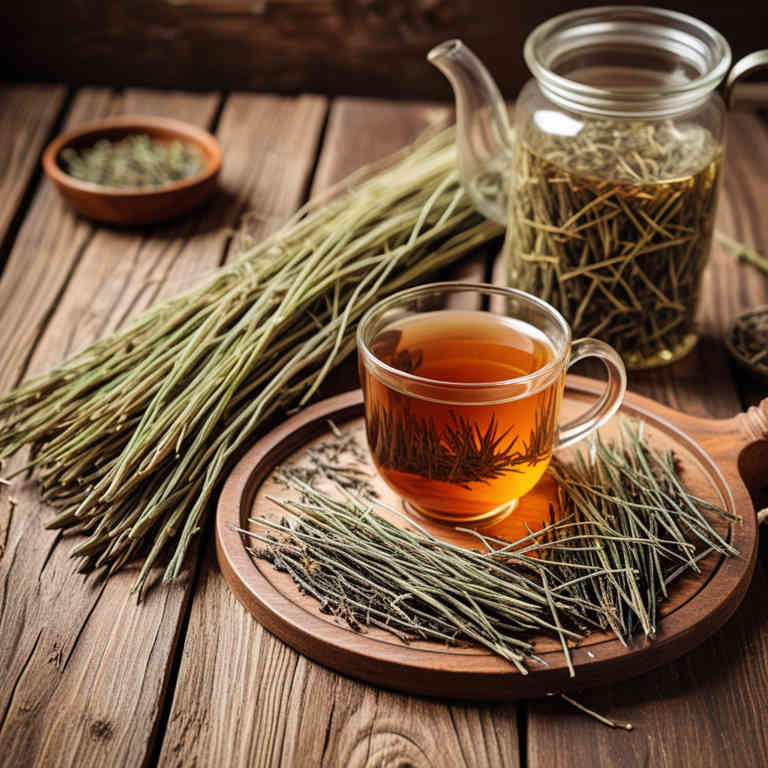
Equisetum arvense, commonly known as field horsetail, is a traditional herbal remedy that has been used for its high silica content, which can help strengthen and repair damaged skin.
When brewed into a herbal tea, it may provide soothing and nourishing benefits for cracked heels by promoting skin regeneration and hydration. However, it is important to note that equisetum arvense contains silicic acid, which can be harsh on the skin if not properly diluted, so it should be used with caution. Some people may find it beneficial as a complementary treatment alongside moisturizers and protective foot care routines.
As with any herbal remedy, it is advisable to consult a healthcare professional before use, especially for those with sensitive skin or existing health conditions.
9. Sutherlandia frutescens
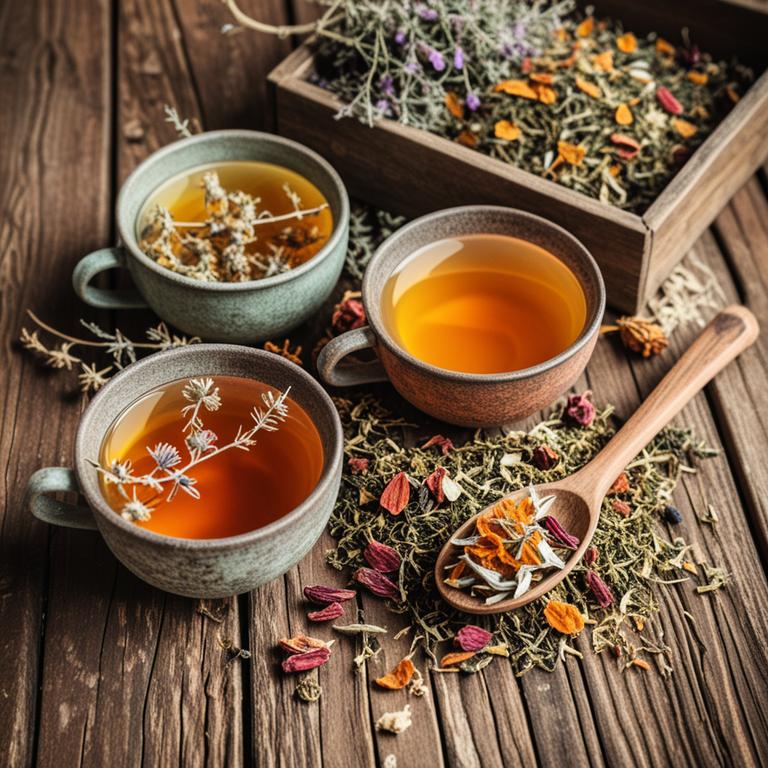
Sutherlandia frutescens, also known as the "cancer bush," is an herbal plant native to South Africa that has been traditionally used for various health purposes, including the treatment of cracked heels.
While it is more commonly associated with immune support and cancer-related therapies, some people use Sutherlandia frutescens herbal tea as a natural remedy for dry, cracked skin on the feet. The tea is believed to have anti-inflammatory and antioxidant properties that may help soothe and heal damaged skin. However, there is limited scientific evidence supporting its effectiveness for cracked heels, and it should not replace professional medical advice or treatment.
As with any herbal remedy, it is important to consult with a healthcare provider before use, especially if you have underlying health conditions or are taking other medications.
10. Silybum marianum

Silybum marianum, also known as milk thistle, is a herbal remedy that has been traditionally used for its potential skin-healing properties.
While it is commonly associated with liver health, some studies suggest that its compounds may support skin regeneration and repair. When used in the form of herbal teas, silybum marianum can be applied topically to help soothe and moisturize cracked heels. However, it is important to note that more research is needed to confirm its effectiveness for this specific use.
As with any herbal treatment, it is advisable to consult a healthcare professional before incorporating it into a skincare routine.